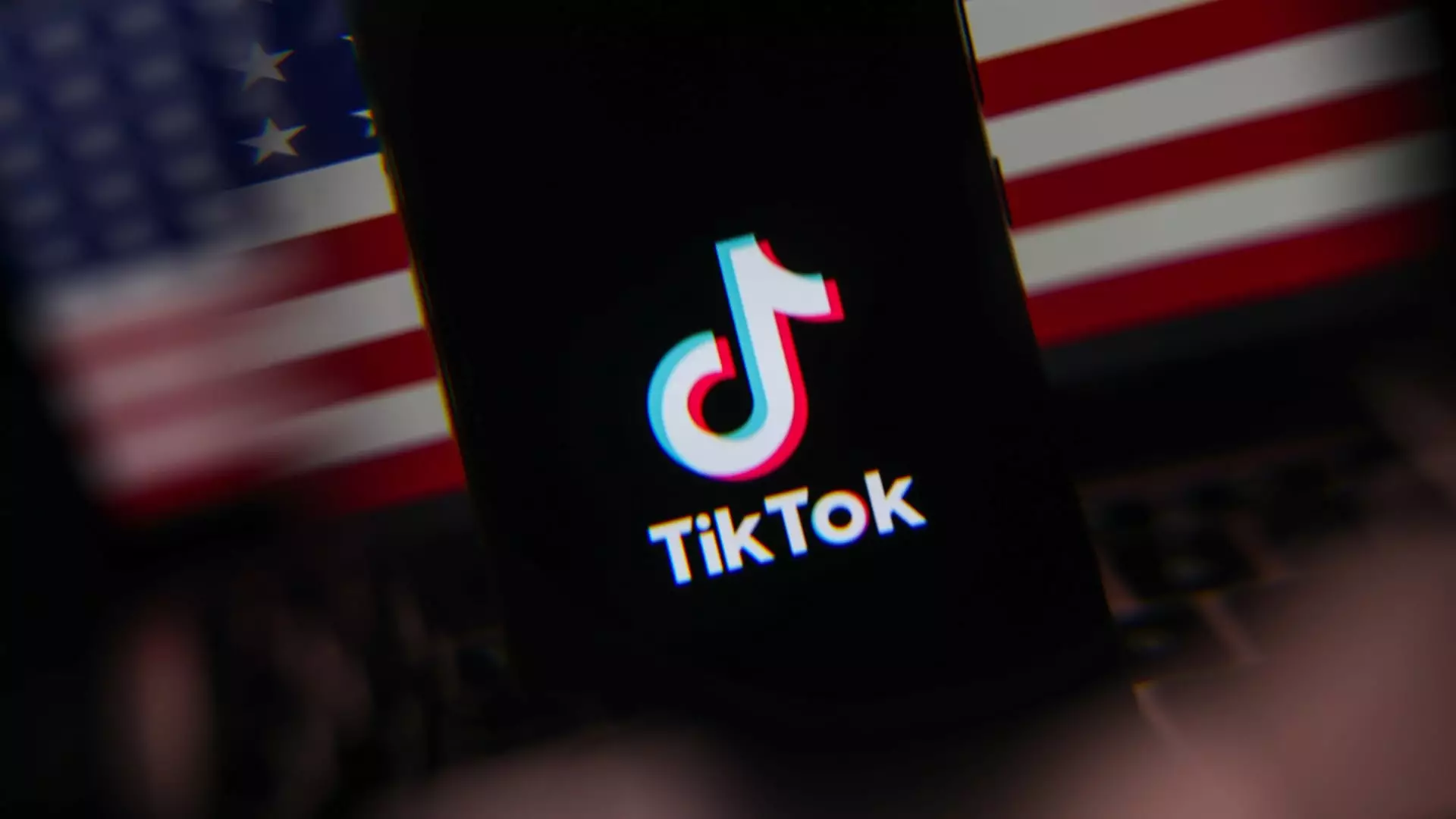After a tumultuous hiatus from major digital marketplaces, TikTok has made its grand return to the Apple App Store and Google Play as of Thursday evening. This revival follows a significant withdrawal from these platforms on January 18, triggering discussions around data privacy, national security, and user rights. The app’s removal was tightly interwoven with a broader narrative involving the Protecting Americans from Foreign Adversary Controlled Applications Act, pushed forward by the Biden administration, which ultimately led to TikTok’s leadership pressing pause on services in the U.S. in a bid to comply with impending legal ramifications.
The Protecting Americans from Foreign Adversary Controlled Applications Act, enacted in April, set a stringent deadline of January 19 for the China-based parent company, ByteDance, to divest its U.S. operations under threat of an almost certain ban. While the law aims to mitigate perceived risks associated with foreign ownership, it raises questions about the balance between national security and the First Amendment rights safeguarding free expression and communication. TikTok’s assertion that the law infringes upon the rights of its 170 million U.S. users underscores the app’s societal significance. However, government perspectives focus on the alleged ties between ByteDance and the People’s Republic of China, raising alarms about potential data exploitation and security breaches.
The legal tug-of-war reached a peak when the Supreme Court backed the Biden administration’s position, emphasizing the necessity of divestiture to allay security concerns. Such a ruling encapsulates the complexities surrounding digital platforms that traverse national borders, where the whims of government decisions can dramatically affect user access and corporate strategies. However, TikTok’s vehement reaction to the court’s ruling ultimately culminated in a strategic maneuver to shut down its U.S. operations unless negotiations advanced with the federal government.
Enter former President Donald Trump, whose executive actions shifted the course of the narrative. On his first day in office, Trump announced an extension to the law’s initial deadline, underscoring his desire for a negotiated solution that would grant the U.S. a stake in TikTok’s operations. This proposal hints at the growing trend of public-private partnerships in the digital space, where safeguarding national interests must align with the organic evolution of popular technologies and platforms.
In a remarkable display of resilience, TikTok rebounded quickly, regaining around 90% of its pre-ban traffic, an impressive feat given the prevailing uncertainties surrounding its legal standing. The app’s durability amidst legal strife and regulatory scrutiny implies a broader demand for the platform and its features, suggesting that it remains a pivotal player in the social media landscape. As TikTok continues to navigate these turbulent waters, the implications for both users and lawmakers will remain paramount in discussions about the evolving nature of digital ownership and governance in the 21st century.


Leave a Reply